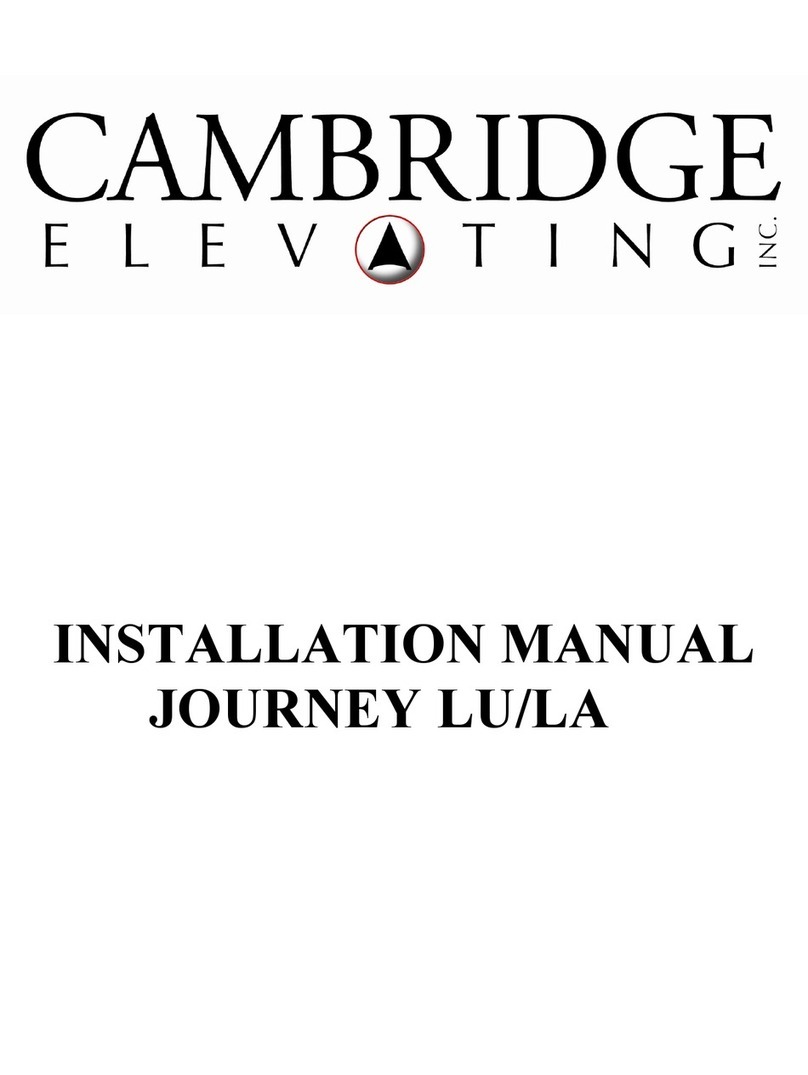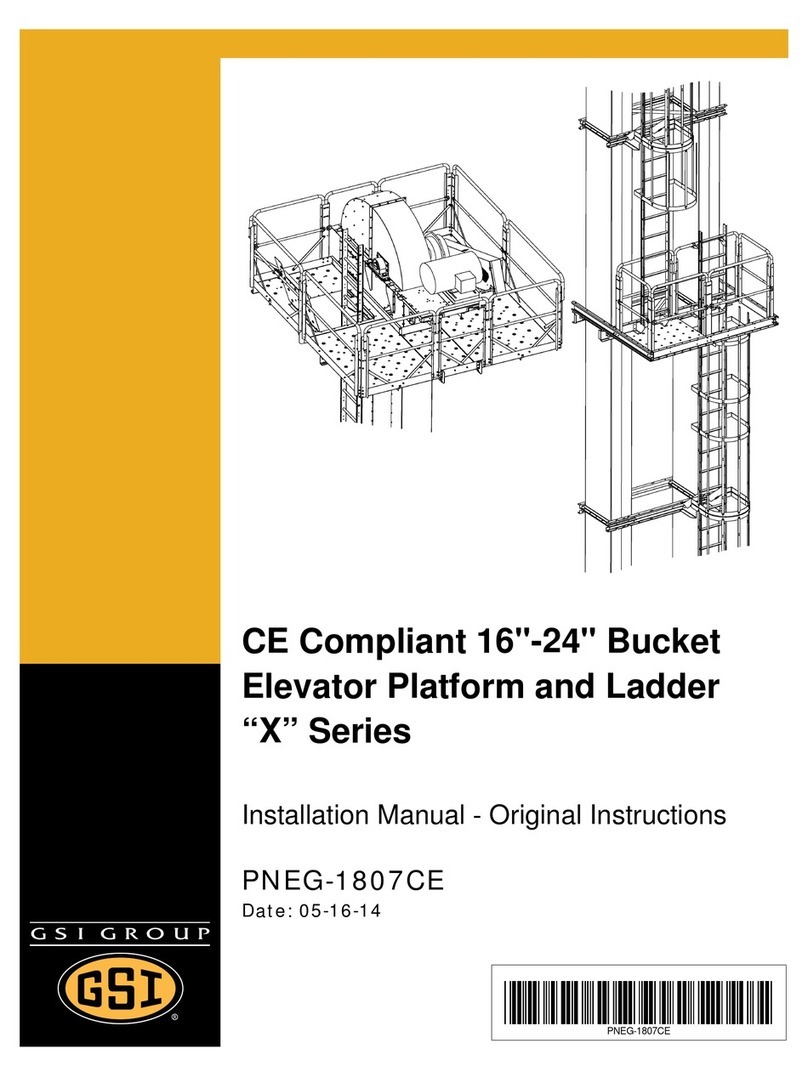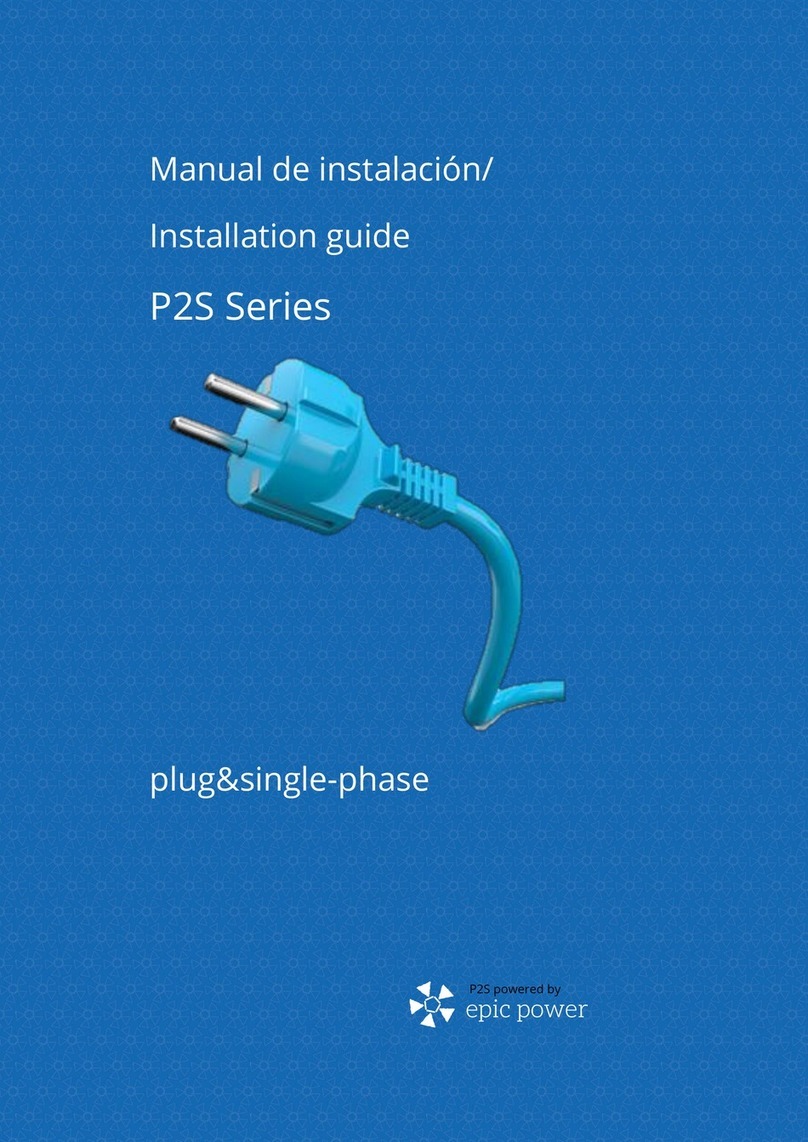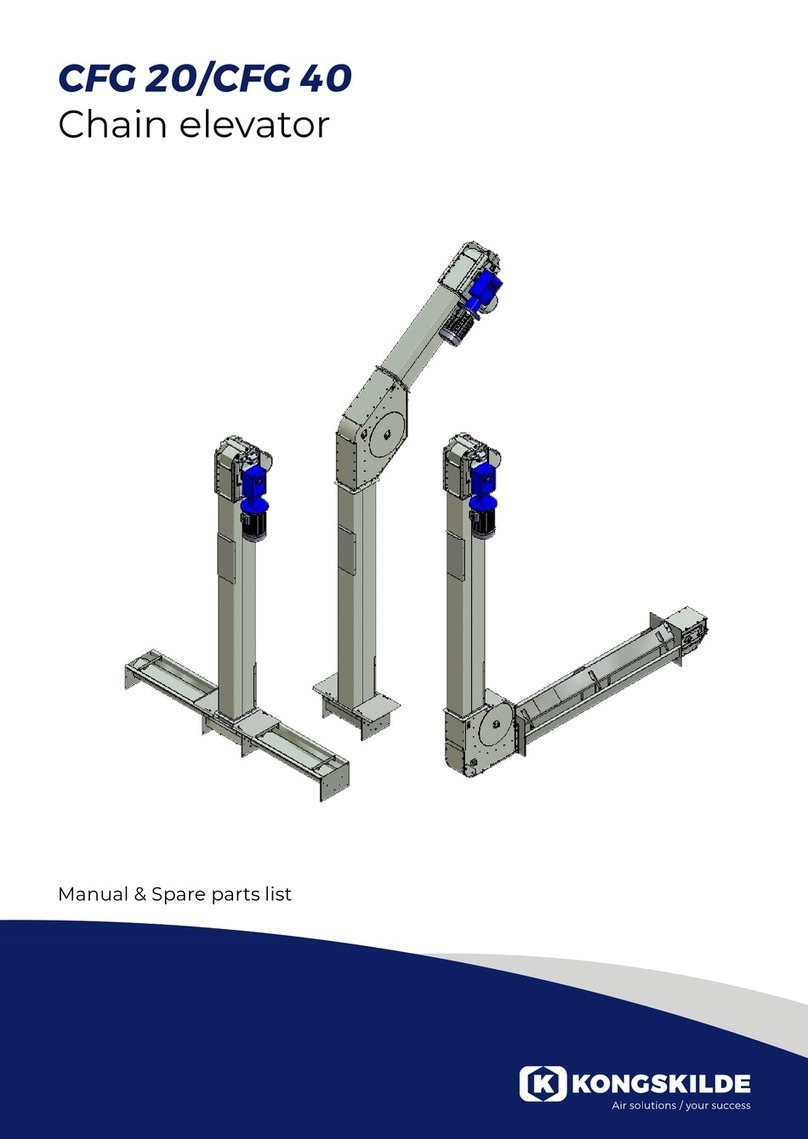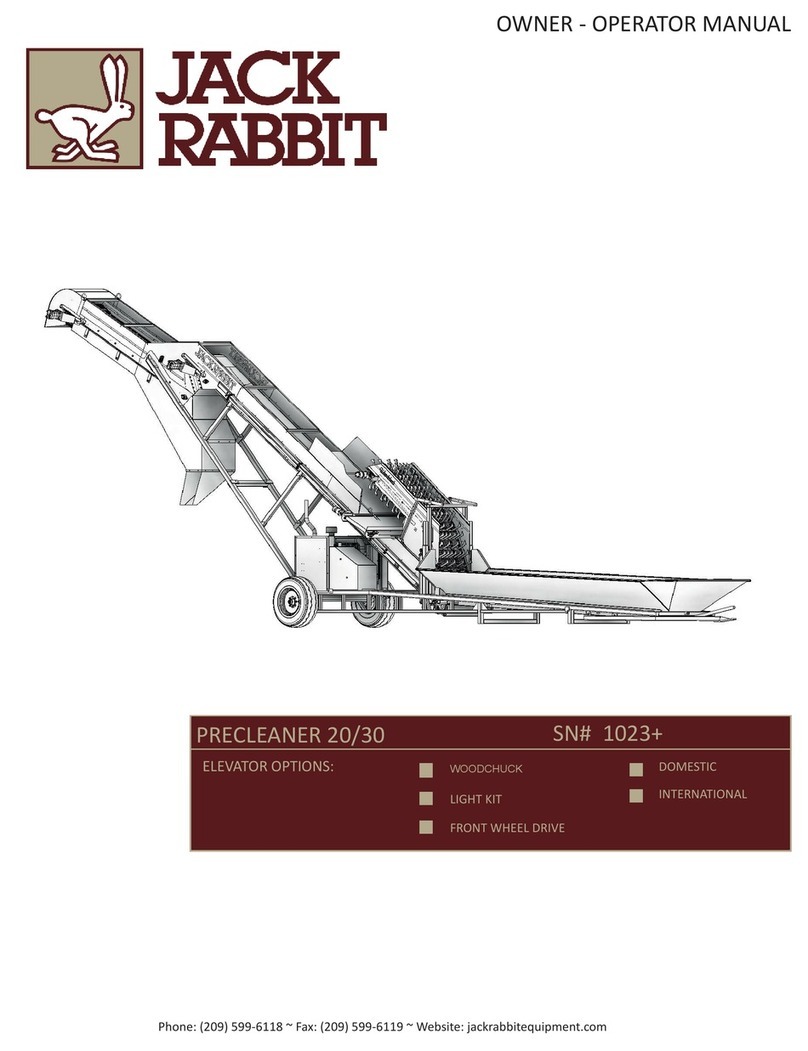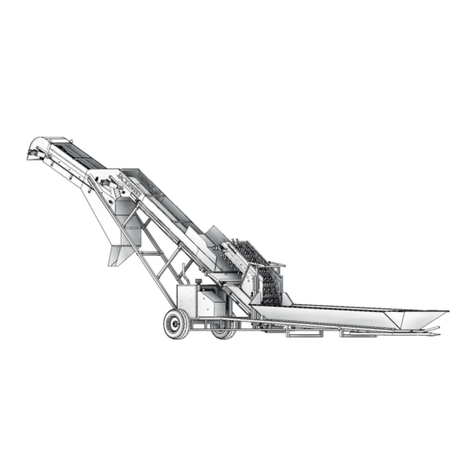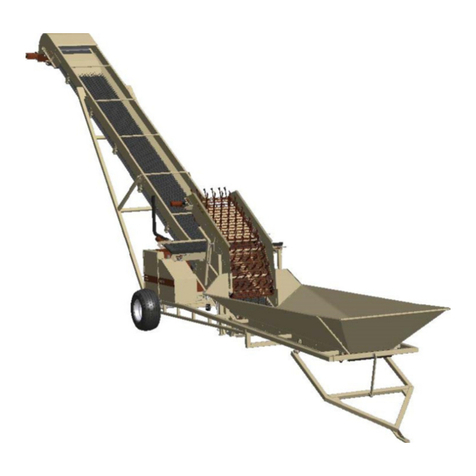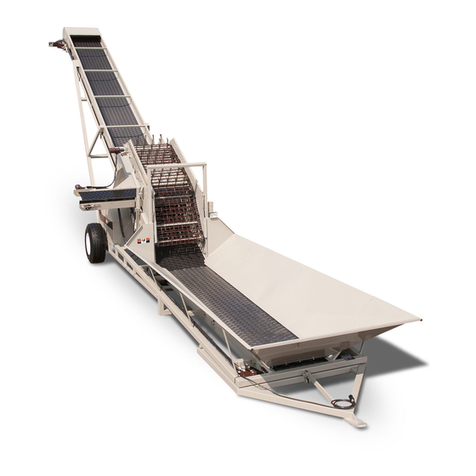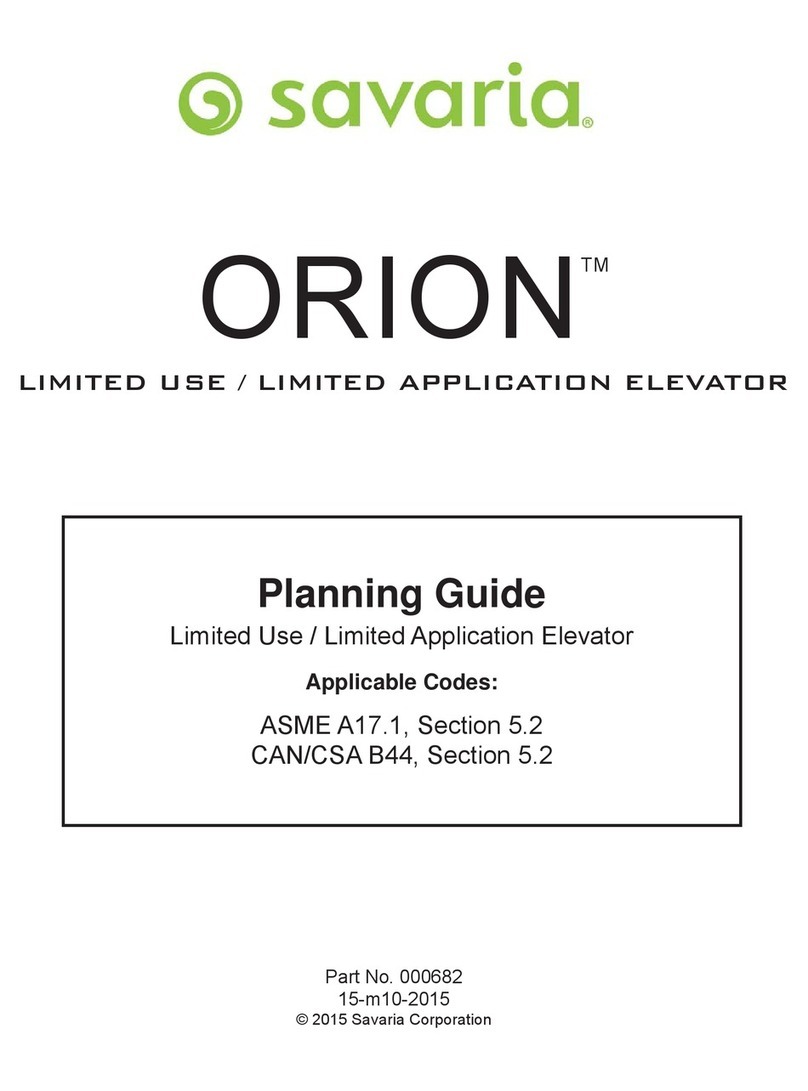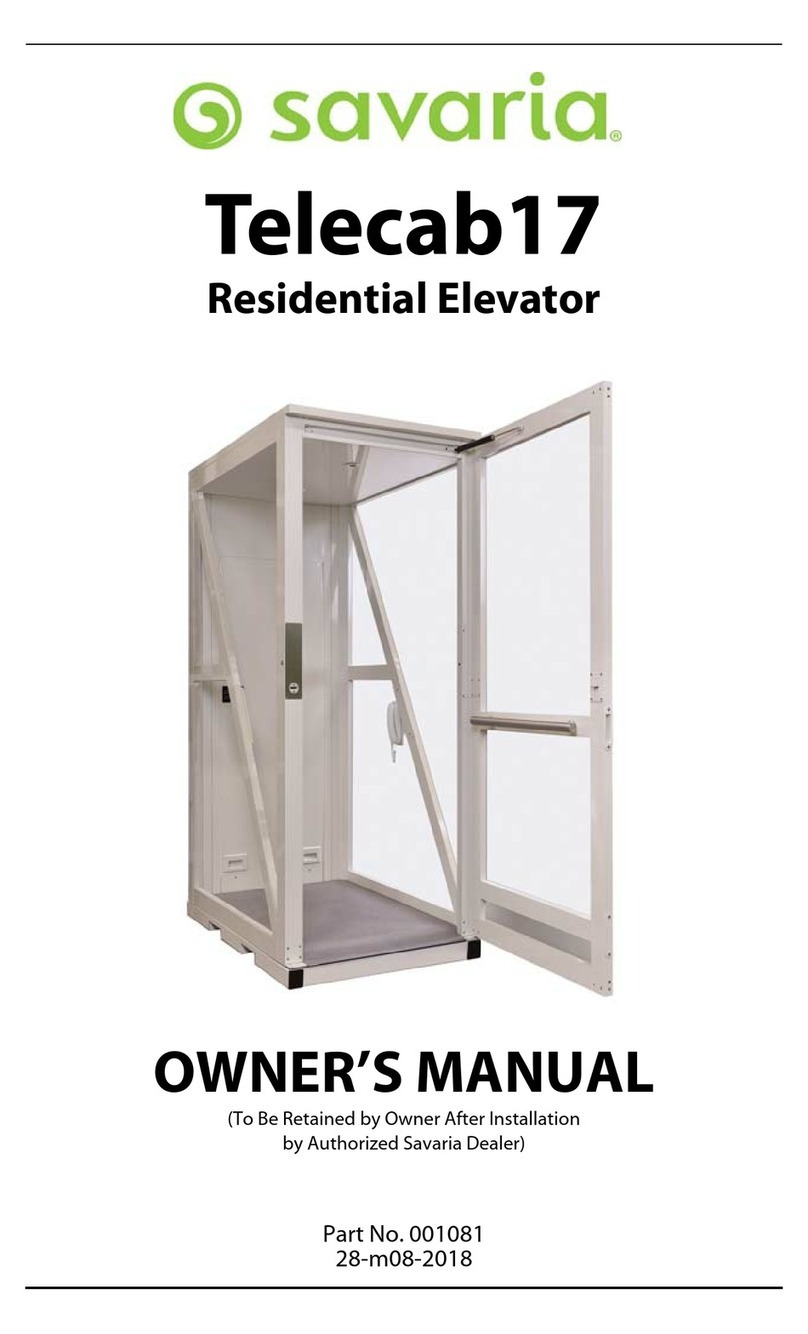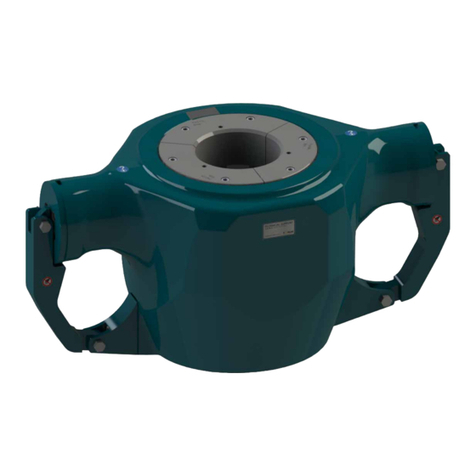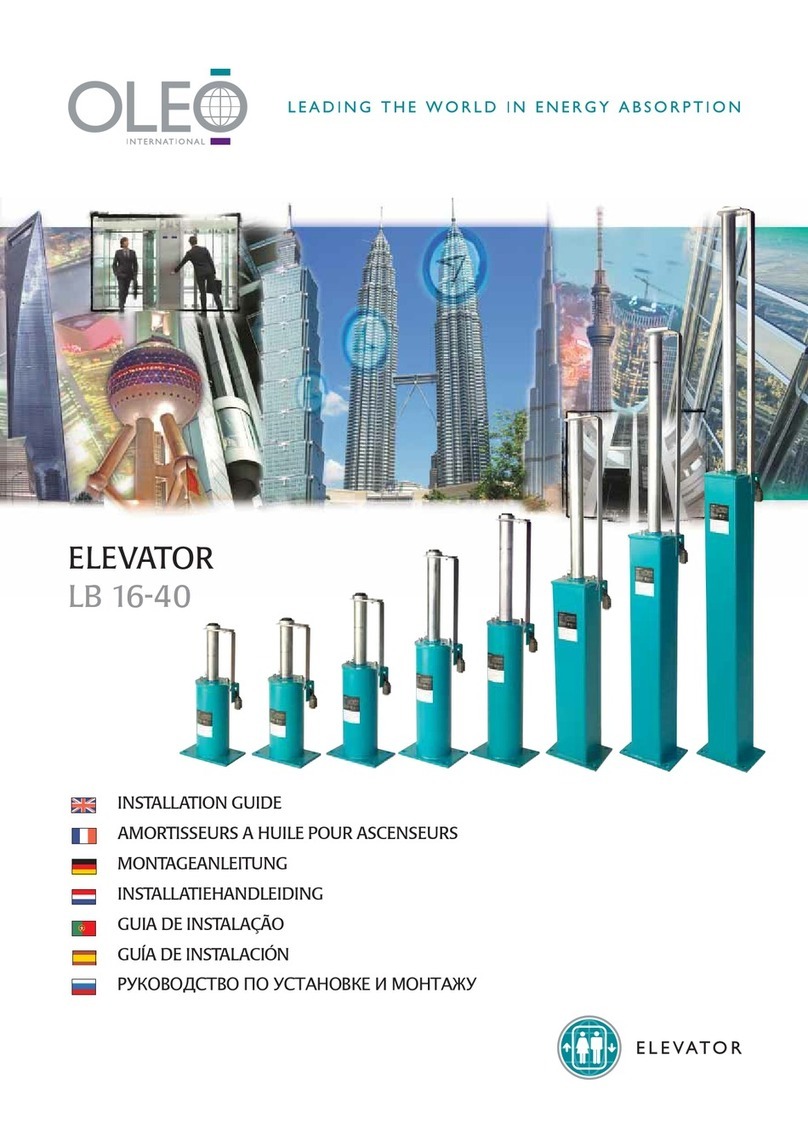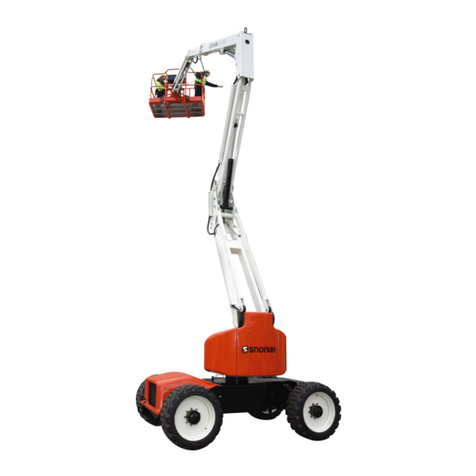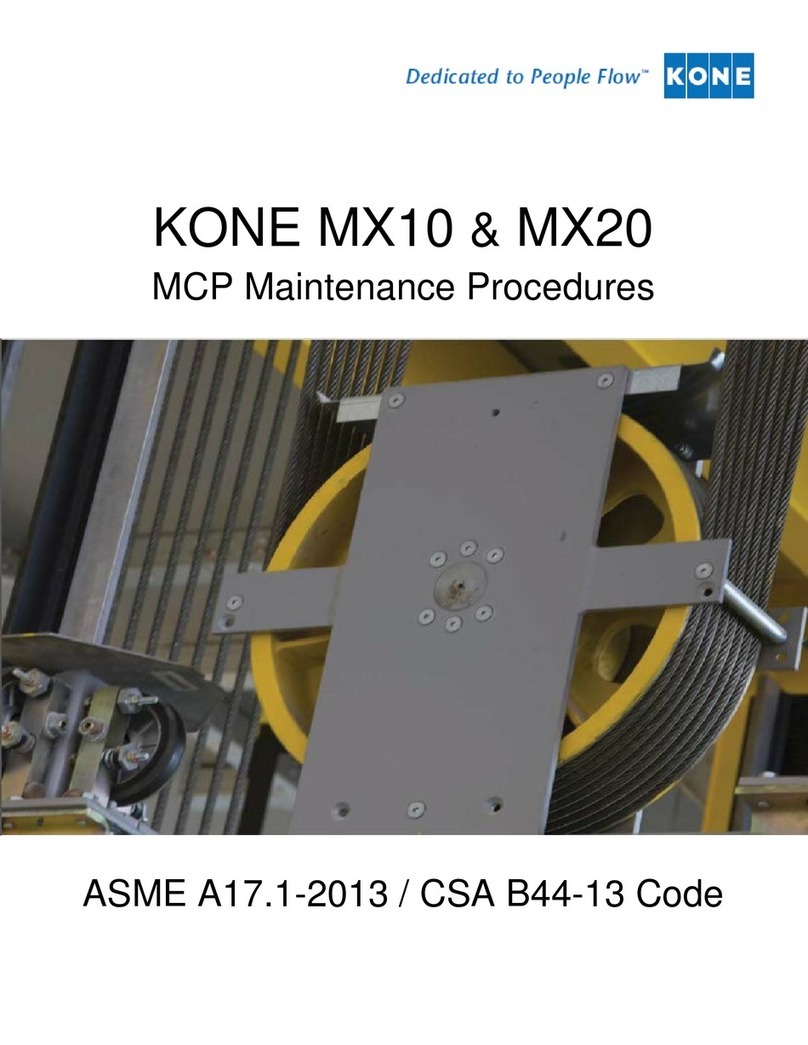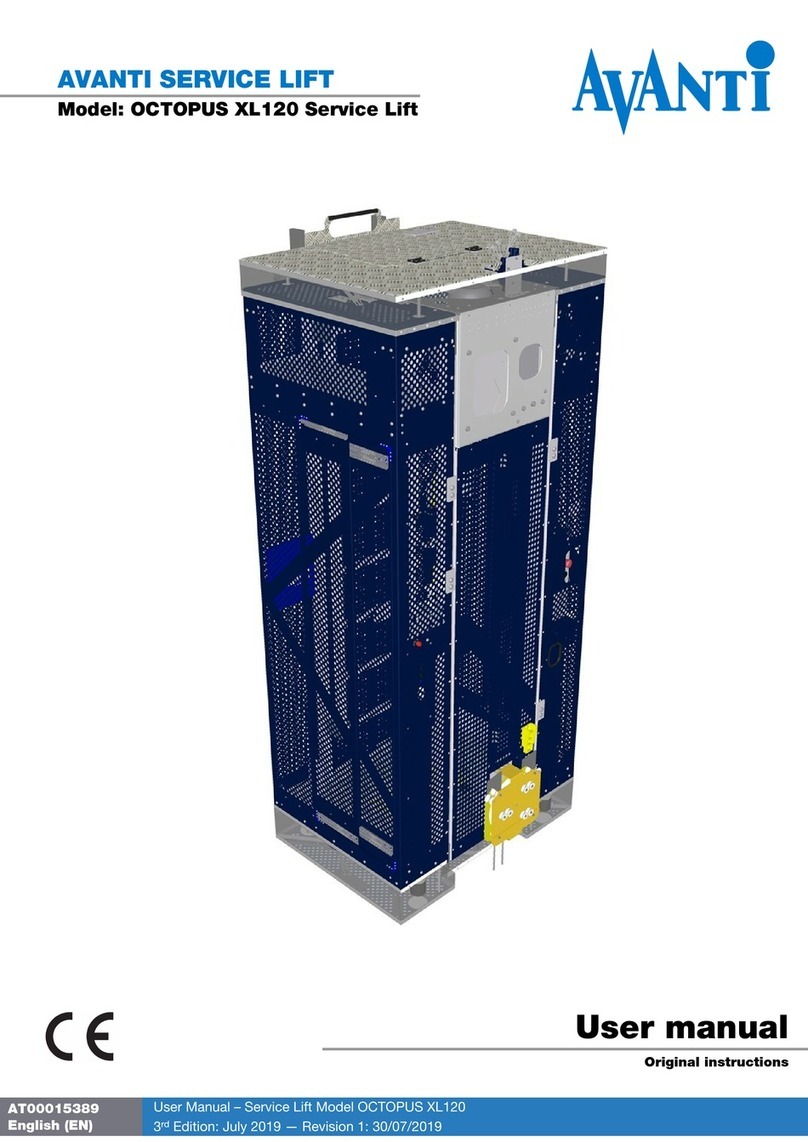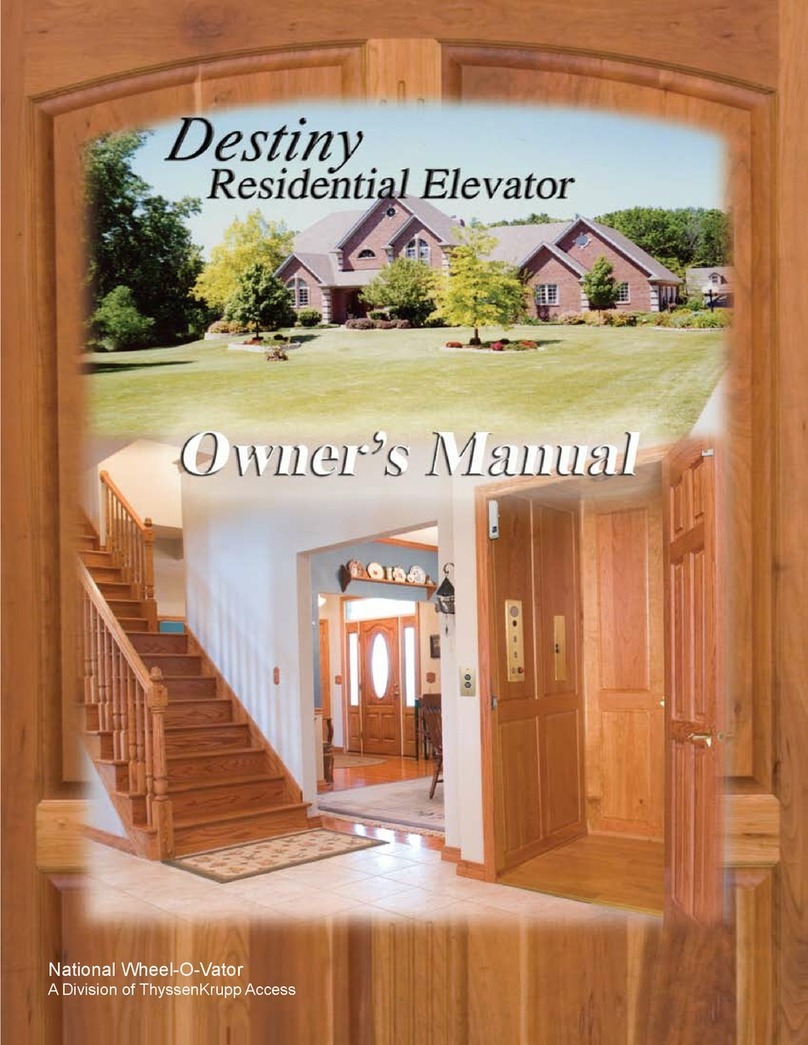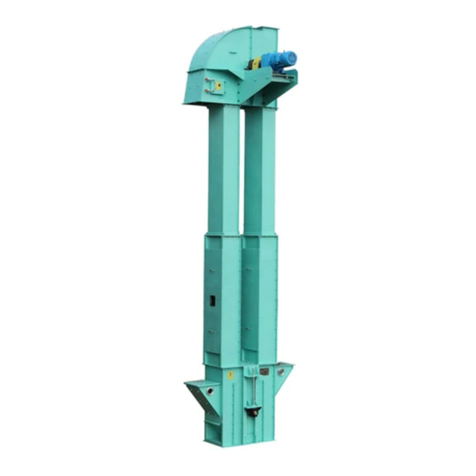•Do not use the unit until you are sure that the area is clear, especially children and
animals.
•Don’t hurry the learning process or take the unit for granted. Ease into it and become
familiar with your new equipment.
•Practice operation of your equipment and its attachments. Completely familiarize yourself
and other operators with its operation before using.
•Use a tractor equipped with a Roll Over Protective System (ROPS) and fasten your seat
belt prior to starting the engine.
•The manufacturer does not recommend usage of tractor with ROPS removed.
•Move tractor wheels to the widest recommended settings to increase stability.
•Securely attach to towing unit. Use a high strength, appropriately-sized hitch pin with a
mechanical retainer and attach safety chain.
•Do not allow anyone to stand between the tongue or hitch and the towing vehicle when
backing up to the equipment.
DURING OPERATION
•Children should not be allowed on the product.
•Clear the area of small children and bystanders before moving the feeder.
•Securely attach feeder to towing unit, using a hardened 3/4” pin, a metal retainer, and
safety chains if required. Shift towing unit to a lower gear before going down steep
downgrades, thus using the engine as a retarding force. Keep towing vehicle in gear at all
times. Slow down for corners and rough terrain.
•Make sure you are in compliance with all local and state regulations regarding transporting
equipment on public roads and highways. Lights and slow moving signs must be clean
and visible by overtaking or oncoming traffic when feeder is transported.
•SAFETY CHAIN - If equipment is going to be transported on a public highway, a safety
chain should be obtained and installed. Always follow state and local regulations
regarding a safety chain and auxiliary lighting when towing farm equipment on a public
highway. Be sure to check with local law enforcement agencies for your own particular
regulations. Only a safety chain (not an elastic or nylon/plastic tow strap) should be used
to retain the connection between the towing and towed machines in the event of
separation of the primary attaching system.
•Install the safety chain by crossing the chains under the tongue and secure to the draw bar
cage or hitch or bumper frame.
•Beware of bystanders, particularly children! Always look around to make sure that it is
safe to start the engine of the towing vehicle or move the unit. This is particularly
important with higher noise levels and quiet cabs, as you may not hear people shouting.


